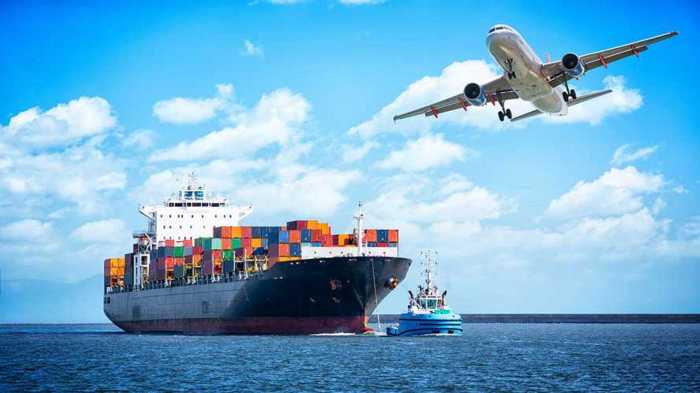Cost Considerations in International Vehicle Shipping

International vehicle shipping involves a multifaceted cost structure, influenced by several factors. Understanding these costs is crucial for budgeting and choosing the most economical shipping option. Failing to account for all expenses can lead to unexpected financial burdens. This section details the various components of international vehicle shipping costs, compares costs across different vehicle types, and offers strategies for cost reduction.
Cost Components of International Vehicle Shipping
The total cost of shipping a vehicle internationally is comprised of several key elements. These include the base shipping cost, which varies depending on the chosen method (roll-on/roll-off, container shipping, etc.), the distance of the shipment, and the size and weight of the vehicle. Insurance is another significant cost, protecting your vehicle against damage or loss during transit.
Preparation fees, such as vehicle inspection and cleaning, are also common. Import/export duties and taxes levied by the destination country can significantly impact the overall cost, varying considerably depending on the vehicle’s value and the specific regulations of the country involved. Finally, handling fees at both the origin and destination ports add to the total expense.
Cost Comparison Across Different Vehicle Types
The size and weight of the vehicle are major factors influencing shipping costs. Shipping a compact car will generally be cheaper than shipping a large SUV or truck due to reduced space and weight requirements. Similarly, shipping a motorcycle will be significantly less expensive than shipping a car. The type of vehicle also impacts the method of shipment.
For instance, motorcycles are often shipped in containers alongside other cargo, while larger vehicles are more likely to be shipped using roll-on/roll-off methods. These differences in shipping methods contribute to the variation in overall costs. For example, shipping a small sedan from the US to the UK might cost around $1,500-$2,500, while shipping a large pickup truck could cost $3,000-$5,000 or more.
These are estimates and vary greatly depending on the season, the chosen shipping company, and specific circumstances.
Reducing the Overall Cost of International Vehicle Shipping
Several strategies can help reduce the overall cost of international vehicle shipping. Choosing an off-season shipping date can often lead to lower prices, as demand tends to be lower during these periods. Comparing quotes from multiple shipping companies ensures you secure the most competitive price. Opting for a less expensive port of entry or exit can also result in savings.
Finally, carefully considering the need for additional services, such as insurance, and opting for only what is necessary can help control costs. For instance, if the vehicle is already in good condition, comprehensive insurance might not be essential.
Potential Hidden Costs and How to Avoid Them
It’s crucial to be aware of potential hidden costs to avoid unexpected expenses.
| Hidden Cost | Description | How to Avoid | Example |
|---|---|---|---|
| Customs Brokerage Fees | Fees charged by customs brokers for handling import/export documentation. | Inquire about these fees upfront and compare quotes. | Unexpected $500 fee for customs clearance in the destination country. |
| Terminal Handling Charges | Charges for loading and unloading the vehicle at ports. | Clearly understand these charges before booking your shipment. | Additional $200 per port for handling and processing. |
| Storage Fees | Charges for storing the vehicle at the port if there are delays. | Choose a reputable shipper with efficient handling processes. | Daily storage fee of $50, resulting in a significant cost for prolonged delays. |
| Fuel Surcharges | Added cost due to fluctuations in fuel prices. | Negotiate the shipping rate to include fuel surcharges or compare quotes that include them. | A significant increase in the total cost due to unexpected fuel price hikes. |